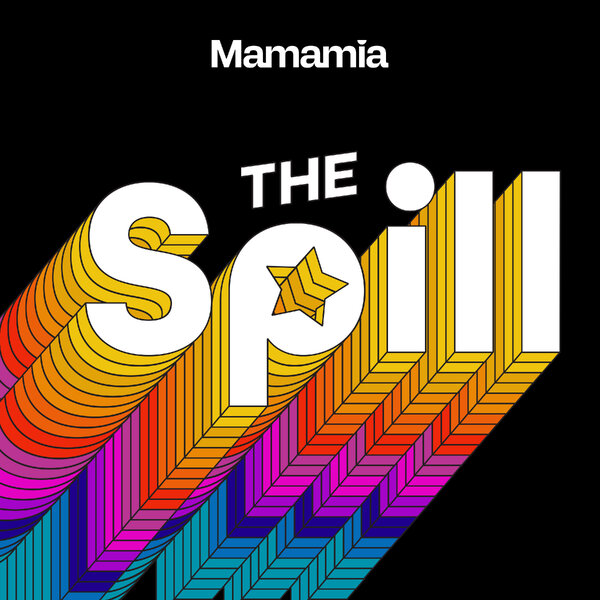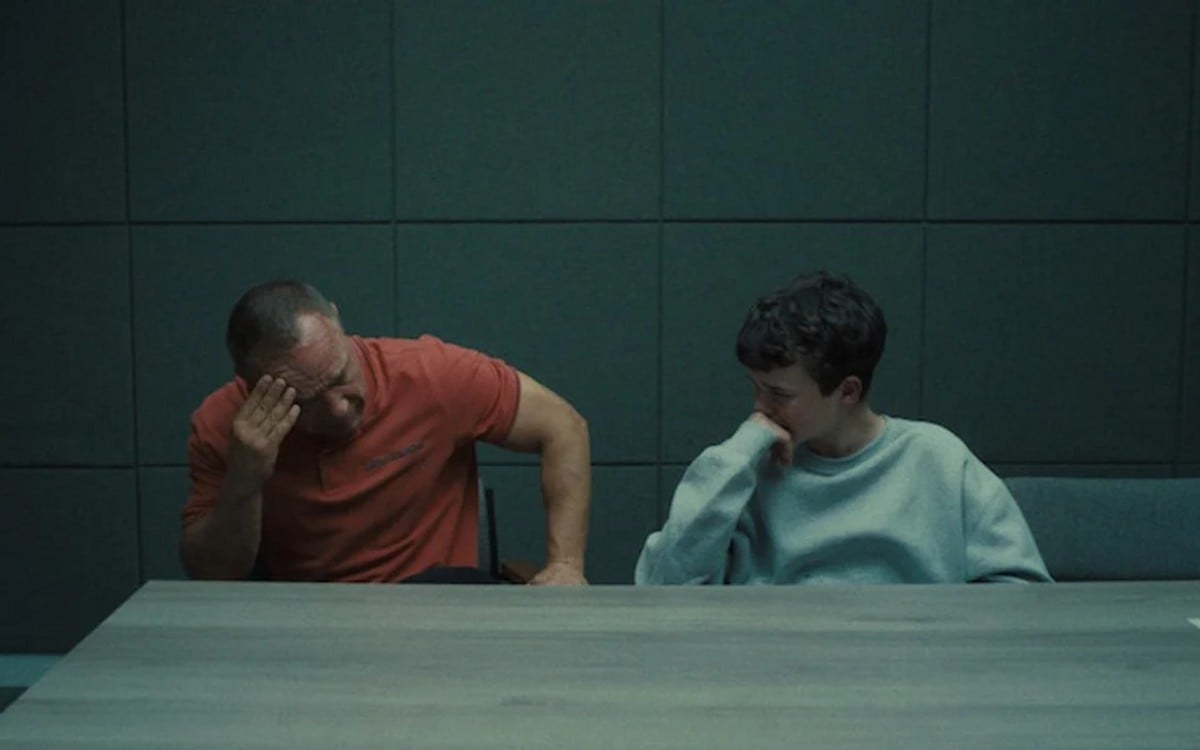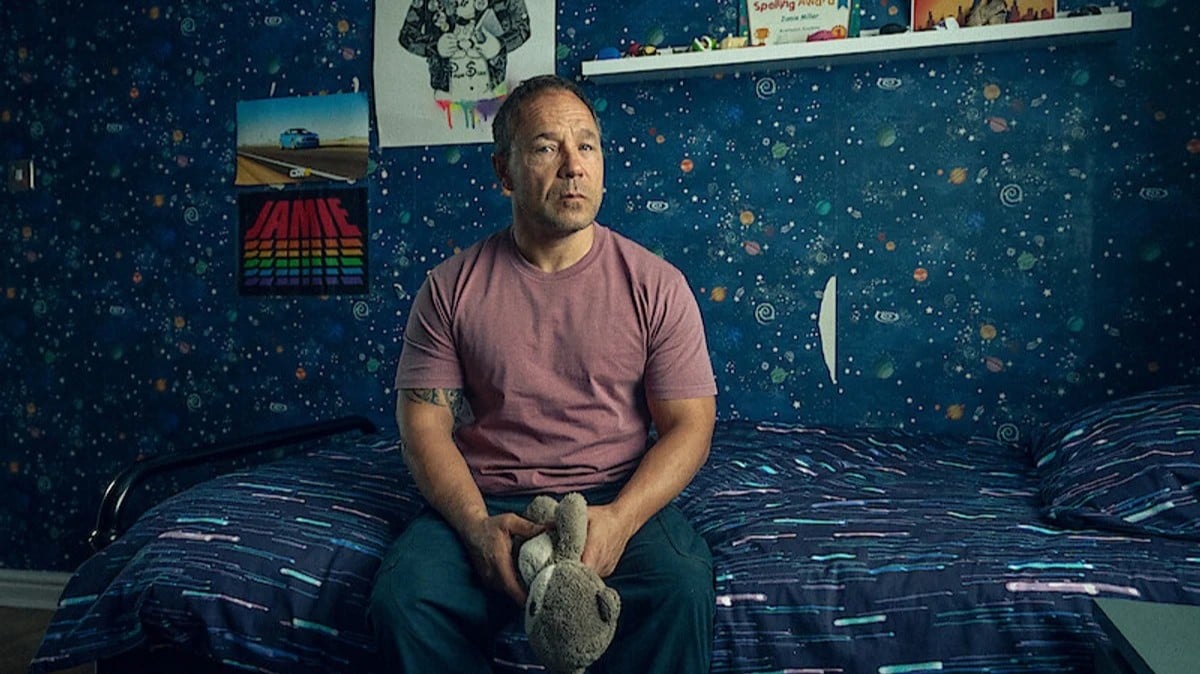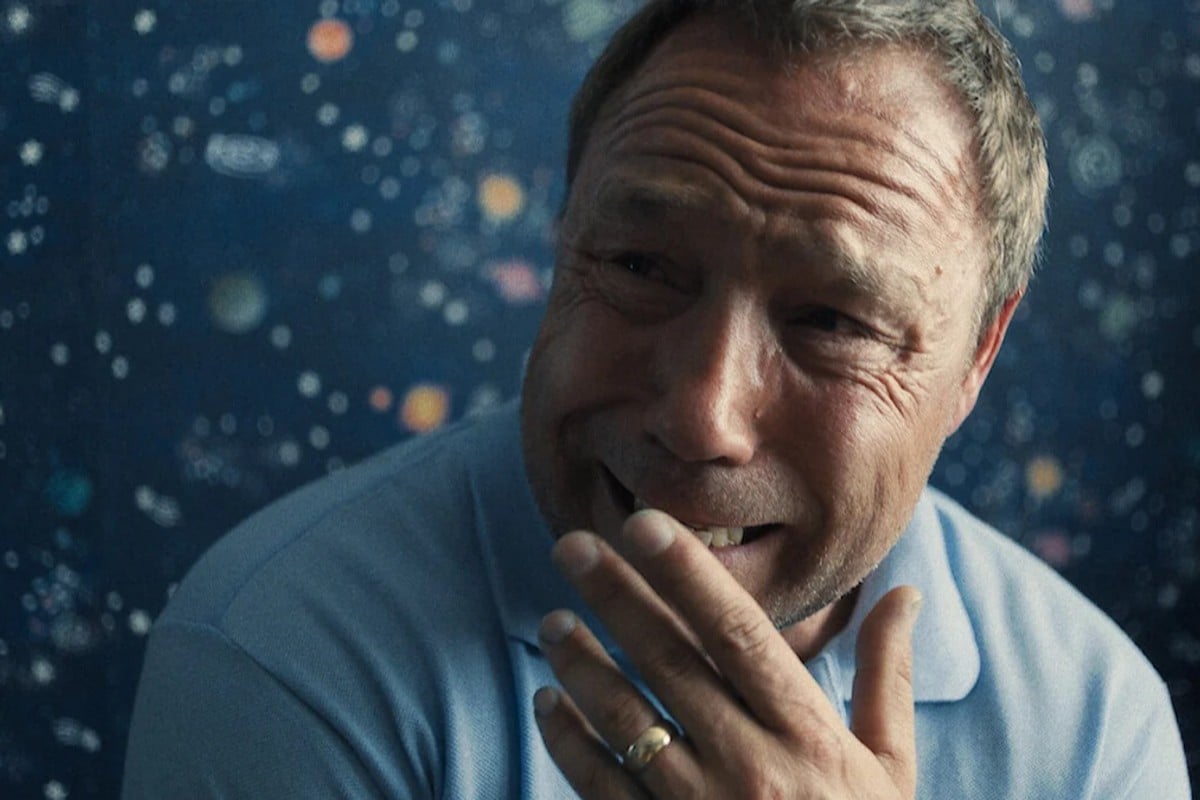
Adolescence has quickly become one of Netflix's most critically acclaimed new shows of 2025. The four-part limited series, which follows the devastating aftermath of a 13-year-old boy being accused of murder, has stunned viewers with its unflinching portrayal of family trauma and social media's impact on teenagers.
If you've finished watching this gripping one-shot crime drama and found yourself with questions about that devastating finale, you're not alone. Let's break down the conclusion of Adolescence and what it all means, including that open-ended final scene.
Watch the trailer for Adolescence. Article continues after video.
Why did Jamie kill Katie?
Throughout the series, we gradually learn why Jamie committed this horrific act. The show reveals that a combination of factors contributed to his actions, including his lack of self-esteem, perceived bullying at school, and perhaps most significantly, his access to online incel propaganda.
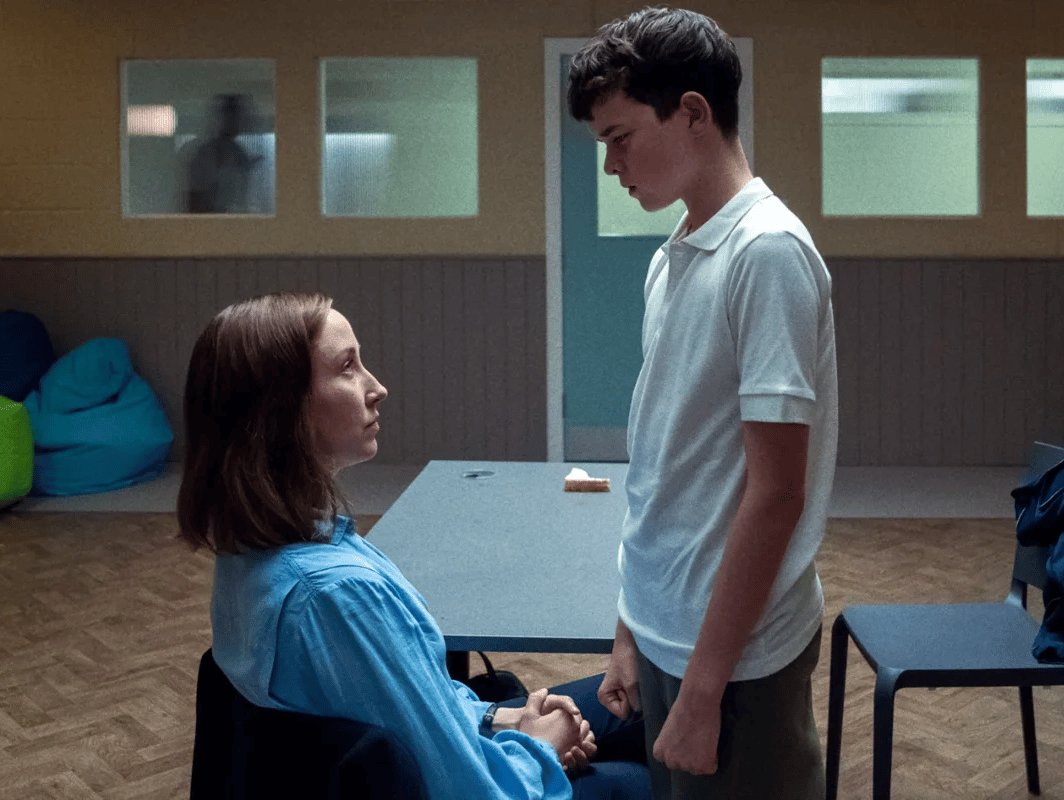 The series explores issues of male rejection and resentment. Image: Netflix.
The series explores issues of male rejection and resentment. Image: Netflix.
